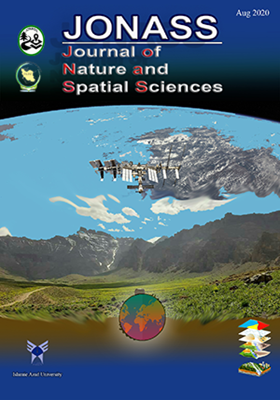Space memory and identity: The case of Germany
محورهای موضوعی : GeomorphologyMohammad hosein Ramesht 1 * , Barbara Sponholz 2 , Fatemeh Nematollahi 3
1 - Professor, Department of Physical Geography, Faculty of Geography Sciences and Planning, University of Isfahan, Isfahan, Iran
2 - Professor, Department of Physical Geography, University of Wurzburg, Wurzburg, Germany
3 - Postdoctoral researcher, Department of Physical Geography, Faculty of Geography Sciences and Planning, University of Isfahan, Isfahan, Iran
کلید واژه: Germany, Land-context, Space Identity, Space memory,
چکیده مقاله :
Background and objective: One of the new topics in geomorphology is the concept of spatial memory and identity. Phenomenological geomorphology begins with a system of new terms, such as land-contexts and land-texts, and then concepts such as space syntax logic, memory, and space are introduced.Materials and methods: Hence, the questions raised regarding the German geomorphology problem are: How many land contexts have been created in Germany? What is the space identity of these land contexts? This research is based on the analysis of the Litho Lex database and maps-EU-DEM. Results and conclusion: The results from a joint study by the Universities of Isfahan and Wurzburg, based on the analysis of the Litho Lex database and maps-EU-DEM, show that: Germany has three land-contexts in its space memory (periglacial, glacial, and ice sheet land-context). The ice-water equilibrium line (I.W.E) separates these three land contexts. Urban settlements owe their own space identity to the convergence law of glacier and river meandering, and to the rural settlement resulting from the development of social groups in forests. The significance of the subject becomes apparent when it comes to an analysis of the same process, which does not follow from the same result somewhere else.


